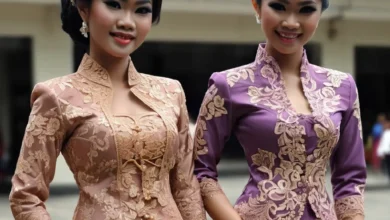What Is Batik? A Cultural Legacy
Batik is more than just fabric; it is a centuries-old art form deeply rooted in Indonesia’s cultural identity. This traditional technique involves using wax-resistant dyeing methods to create intricate patterns and vibrant colors on textiles. Known for its aesthetic appeal and cultural significance, Batik has been recognized as an Intangible Cultural Heritage of Humanity by UNESCO.
From ceremonial garments to everyday attire, Batik represents history, craftsmanship, and storytelling, making it a vital part of Indonesia’s heritage.
Origins of Batik: A Historical Perspective
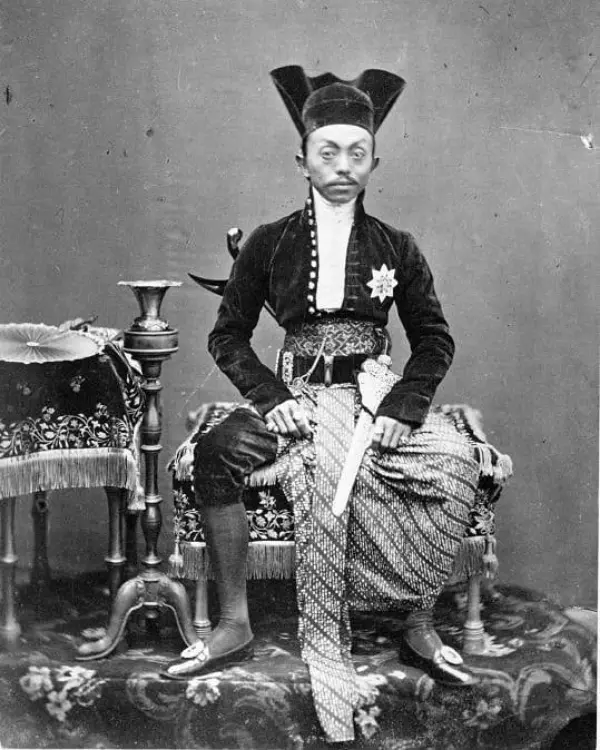
The Ancient Beginnings of Batik
The history of Batik dates back over a thousand years, with evidence suggesting it was practiced in ancient Egypt and China before finding its ultimate expression in Indonesia. Over time, the technique evolved uniquely within Java, where it became more intricate and symbolic.
Batik in the Majapahit Era
During the Majapahit Kingdom (13th-16th century), Batik became a symbol of power and prestige. Royal families often wore hand-painted Batik as a sign of their status. Patterns were carefully crafted to reflect spiritual and social hierarchies, with certain designs restricted to the nobility.
See also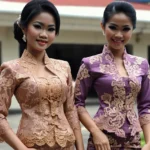 The Kebaya: A Timeless Icon of Indonesian Traditional Clothing
The Kebaya: A Timeless Icon of Indonesian Traditional Clothing
Colonial Influences on Batik
The arrival of Dutch colonists in Indonesia introduced new materials and techniques to Batik production. This era saw the birth of Batik Belanda (Dutch Batik), which blended European motifs with traditional Javanese patterns.
The Unique Process of Batik Creation
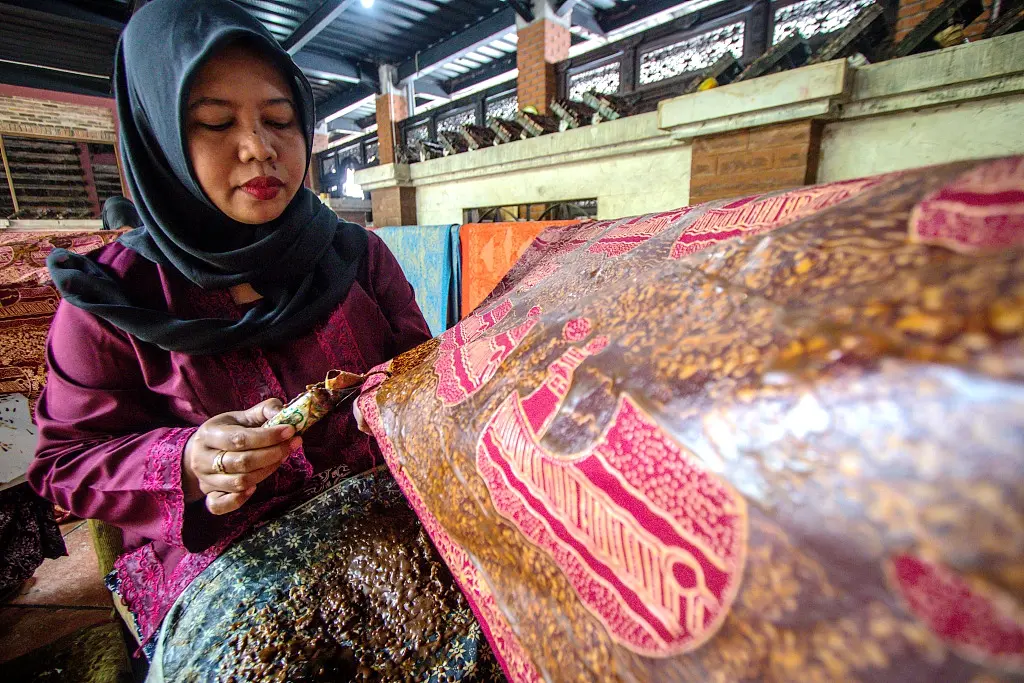
Tools and Materials Required
To produce authentic Batik, artisans rely on tools like the canting, a pen-like instrument for applying hot wax, and the cap, a copper stamp for mass production. High-quality cotton or silk serves as the canvas, ensuring durability and vibrant colors.
Wax-Resistant Dyeing Method
The process begins with sketching patterns on fabric, followed by applying hot wax to protect certain areas from dye. This wax-resistance technique allows for layered designs, with each stage adding complexity and depth.
Labor-Intensive Craftsmanship
Batik-making is an intensive art form, with traditional hand-drawn methods, known as Batik Tulis, taking weeks or even months to complete. This meticulous process makes each piece unique and highly valued.
See also Traditional Filipino Clothing: The Legacy and Elegance of Barong Tagalog
Traditional Filipino Clothing: The Legacy and Elegance of Barong Tagalog
Symbolism in Batik Patterns
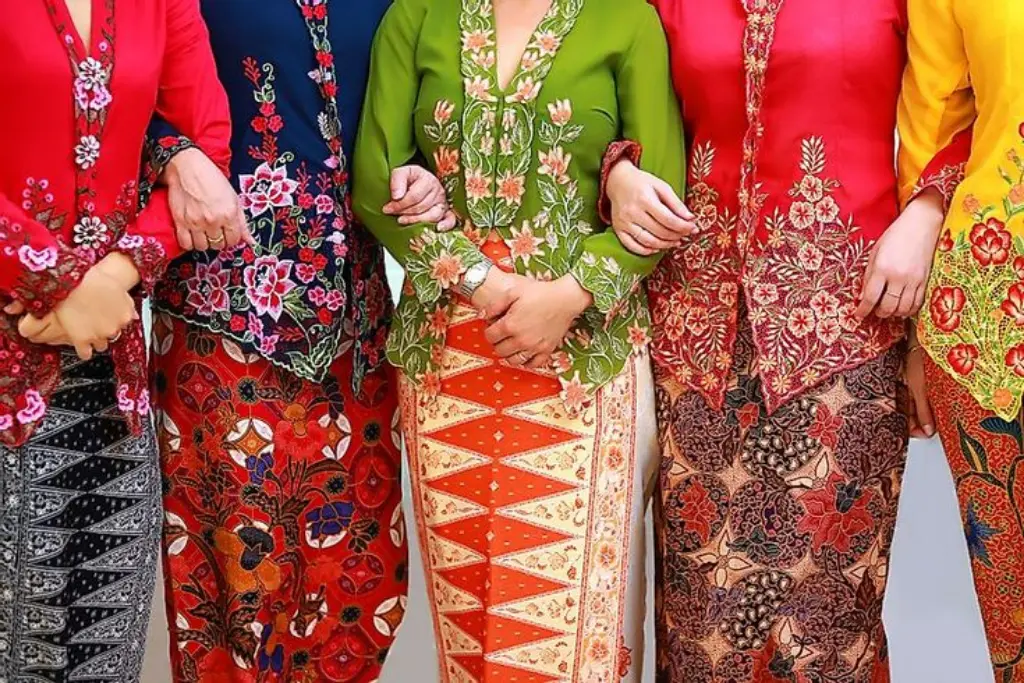
Traditional Motifs and Their Meanings
Batik patterns often carry deep symbolic meanings. For instance:
- Parang: Represents strength and resilience.
- Kawung: Symbolizes purity and balance.
- Mega Mendung: Depicts clouds, signifying hope and patience.
Spiritual and Social Significance
In Indonesian culture, Batik is not just a fabric but a form of expression and communication. Certain designs are worn during life events like weddings, births, and funerals, reflecting the wearer’s intentions and emotions.
Types of Batik Across Indonesia
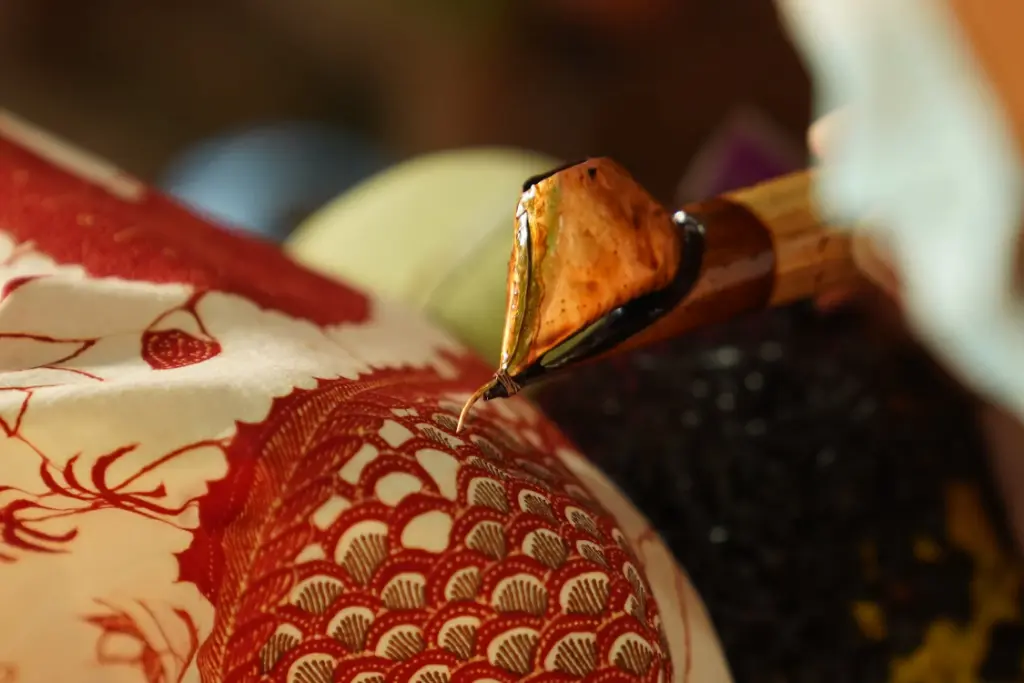
Javanese Batik: The Gold Standard
Java is the heart of Batik, producing some of the most intricate and symbolic designs. Cities like Solo (Surakarta) and Yogyakarta are renowned for their classic motifs and traditional techniques.
Balinese Batik
Balinese Batik incorporates bold colors and motifs inspired by Hindu mythology, offering a distinct contrast to the more subdued Javanese styles.
Batik from Madura and Pekalongan
- Madura: Known for its vibrant hues and rustic charm.
- Pekalongan: Famous for coastal Batik, which blends Chinese and Islamic influences.
Modern Uses of Batik
Everyday Fashion
Batik has transcended its ceremonial roots to become a staple in modern wardrobes. Batik shirts, dresses, and accessories are popular among Indonesians and global fashion enthusiasts alike.
High-End Fashion Collaborations
Designers have reimagined Batik for international runways, blending traditional patterns with contemporary silhouettes. This innovation has helped elevate Batik to a global fashion statement.
Preservation of Batik: A Cultural Responsibility
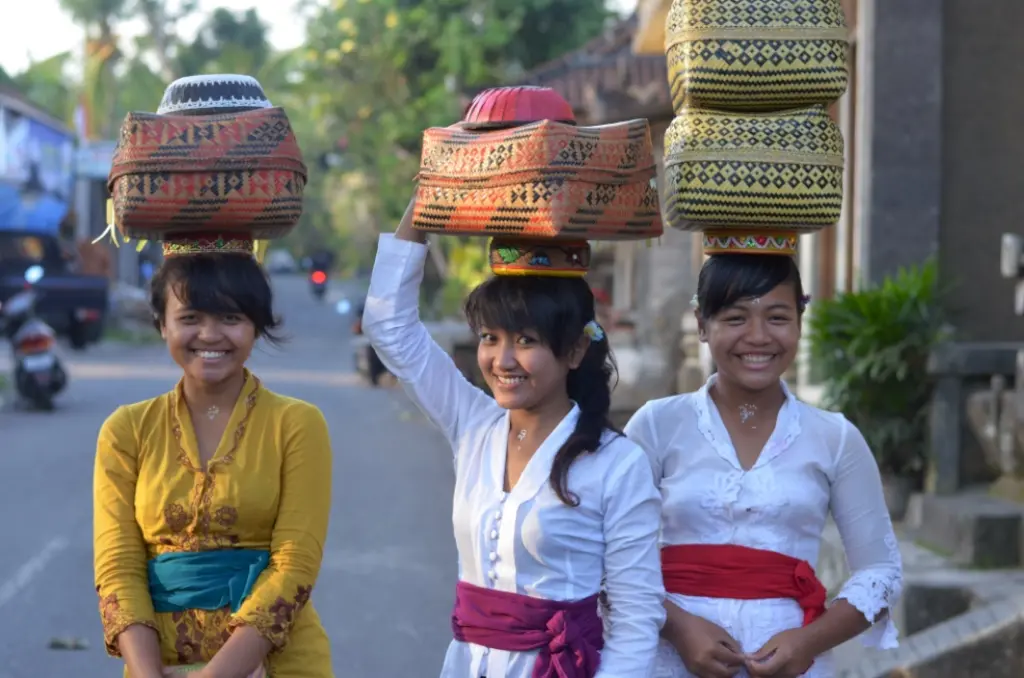
Role of UNESCO Recognition
In 2009, UNESCO designated Batik as a Masterpiece of Oral and Intangible Heritage, sparking renewed interest in preserving this craft.
Government and Community Initiatives
The Indonesian government has launched programs to support artisans, including Batik villages, where traditional methods are taught to younger generations.
Sustainability in Batik Production
Challenges of Chemical Dyes
While traditional Batik uses natural dyes, the rise of mass production has introduced chemical dyes, raising environmental concerns.
Return to Eco-Friendly Practices
Artisans are now embracing sustainable methods, such as:
- Using plant-based dyes.
- Recycling water in the dyeing process.
- Promoting slow fashion to reduce waste.
Batik as a Cultural Bridge
International Appeal
Batik has become a cultural ambassador, representing Indonesia on the global stage. From diplomatic gifts to international exhibitions, it fosters cross-cultural understanding.
Incorporation in Global Festivals
Events like World Batik Day celebrate this art form, encouraging people worldwide to appreciate its beauty and heritage.
Learning Batik: Workshops and Experiences
Batik-Making Workshops
Tourists can engage in hands-on Batik workshops, learning the basics of wax application and dyeing. Cities like Yogyakarta and Solo are popular destinations for these cultural experiences.
Virtual Classes
With the rise of online platforms, aspiring artists can now explore Batik-making from anywhere in the world.
Investment Value of Batik
Collectible Art Pieces
Authentic hand-drawn Batik is a valuable investment, with prices reflecting the time, skill, and creativity involved.
Supporting Artisans
Purchasing genuine Batik supports local artisans and helps preserve this endangered craft.
The Future of Batik: Challenges and Opportunities
Digital Printing: Threat or Evolution?
While digital printing offers efficiency, it risks diluting the cultural essence of Batik. Balancing tradition with innovation remains a key challenge.
Youth Engagement
Efforts to make Batik appealing to younger generations include modern designs, social media campaigns, and fashion collaborations.
Final Reflection: Batik, A Living Legacy
Batik is more than a textile; it is a living testament to Indonesia’s creativity, spirituality, and resilience. Whether worn as everyday attire or displayed as art, it continues to inspire and connect people across the globe. Supporting and celebrating Batik ensures that this timeless tradition will thrive for generations to come.
